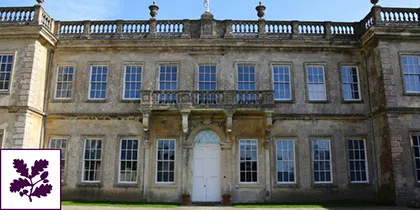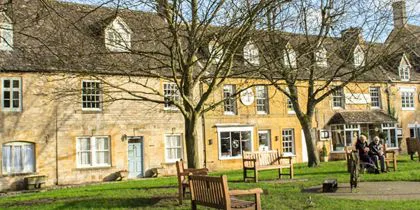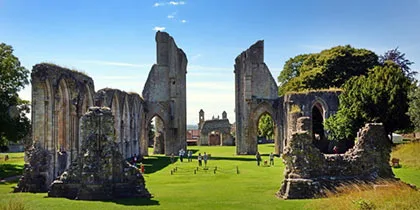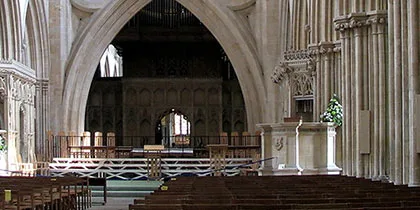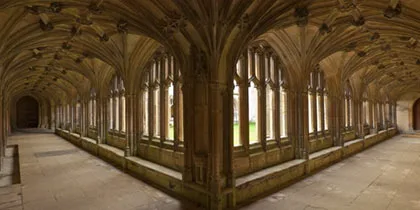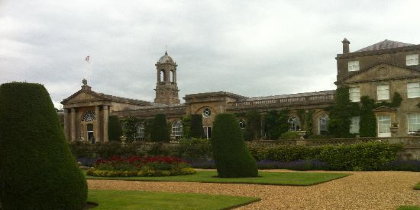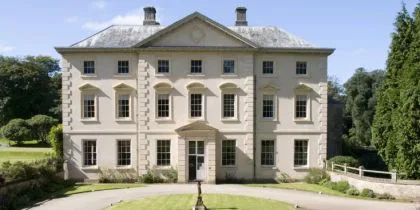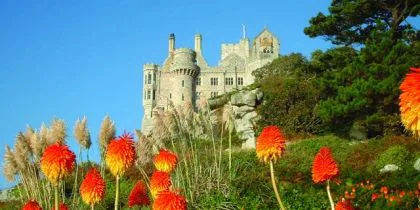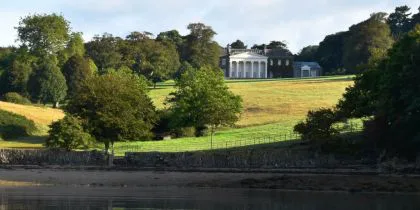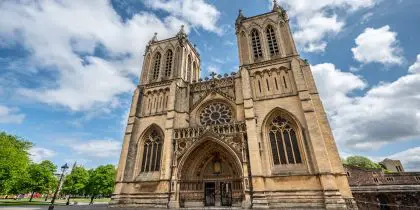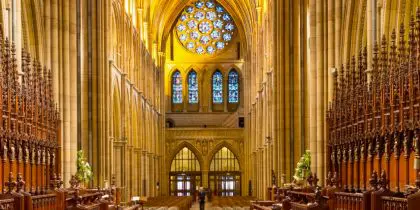Historical Houses in South West England
Below we have listed some of the best historical houses and Castles in South West England
Dyrham Park – Bath
Dyrham Park was created in the 17th century by William Blathwayt. It is an early example of how a fortune made from empire was invested in a landed estate, transforming Dyrham into one of the most notable stately homes of its age.
The 270-acre (110 hectare) ancient steep and sloping parkland is full of magnificent trees and breathtaking views and space for young explorers to run free, be in nature and tick off challenges on their 50 things list.
Stow on the Wold
Stow-on-the-Wold is the quintessential English town. Mellow Cotswold stone houses,shops and hotels are surrounded by the world famous Cotswold’s countryside. Sitting elegantly at the hub of the Cotswolds, Stow is a natural and historic meeting place. Stow has the a fine selection of Cotswold shops, luxury hotels and charming Cotswold accommodation.
Stow mixes chic bistros, Cotswold inns, elegant manor house hotels, charming bed & breakfast accommodation with cosy tea shops. The rural informality and a fine choice of accommodation makes Stow the ideal destination for a Cotswold weekend break or holiday in the Cotswolds.
Glastonbury Abbey – Glastonbury
The earliest historical evidence of the monastery at Glastonbury comes from charters of the late 7th century which show grants of land made by three Saxon kings, matching the earliest archaeological evidence we have of a church here. However, by the time of Abbot Dunstan, the myth of a much earlier foundation had gained popularity – a belief that followers of Christ settled here within the 1st century CE and built ‘The Old Church’.
Three distinct phases of Saxon church have been recorded, the last being part of Dunstan’s ambitious remodelling and expansion of the abbey. By the time of the coming of the Normans, the abbey was the wealthiest in England.
Wells Cathedral – Wells
Wells & Mendip Museum was founded in 1893 by Herbert E. Balch, a renowned amateur archaeologist, naturalist and caver. The museum was intended to showcase his extensive collections of historical artefacts and natural specimens.
The museum was formed with the vision of “maintaining a museum for the benefit of the public of the city of Wells and the Mendip area, and advancing the education of the public in the conservation, protection and improvement of the historical and natural environment of the Wells and Mendip area.”
Salisbury Cathedral – Salisbury


